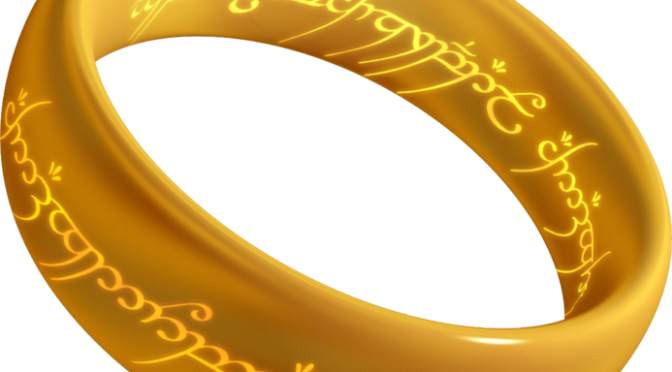Ecco i risultati. Per visionare il compito, domani alle 10:30 in Aula 7.
Categoria: didattica algebra 4 2013-2014
Algebra 4 – June 12th – Tensor algebras
Tensor algebras
Definition of the tensor algebra T(M) of an R-module M. Definition of the symmetric (and antisymmetric) algebra S(M) (and ![]() ).
).
If M is a cyclic module, then T(M)=S(M).
Let R=k[x,y] and I=(x,y). Show that ![]() and
and ![]() . Show that
. Show that ![]() is not an exact functor. (Hint: The only non-trivial thing is the map
is not an exact functor. (Hint: The only non-trivial thing is the map ![]() defined by
defined by ![]() .)
.)
References: Dummit and Foote “Abstract Algebra”
Algebra 4 – June 5th – Noetherian rings and formal power series
Noetherian rings and formal power series
Definition of the formal power series ring R[[x]] for any ring R and basic properties of its elements and ideals. Proof that if R is a local ring, R[[x]] is a local ring and, and if R is a field, R[[x]] is a euclidean ring.
If R is a Noetherian ring, then R[[x]] is a Noetherian ring.
The formal power series ring R[[x]] is the inverse limit of the rings ![]() .
.
References: The Stacks Project
Algebra 4 – May 29th – Projective and injective modules
Projective and injective modules
Examples, counterexamples and relations between free, projective, flat and torsion free modules.
Projective modules over local rings are free.
In the ring ![]() the ideals
the ideals ![]() and
and ![]() are projective non-free modules.
are projective non-free modules.
In fact, ![]() therefore the ideals are maximal and we have a short exact sequence
therefore the ideals are maximal and we have a short exact sequence ![]() . But
. But ![]() , and R is a projective module, so the sequence splits and I and J are summand of a free module, hence projective.
, and R is a projective module, so the sequence splits and I and J are summand of a free module, hence projective.
In the ring ![]() where k is a field, the ideal
where k is a field, the ideal ![]() is torsion free but not flat. Consider the short exact sequence
is torsion free but not flat. Consider the short exact sequence ![]() . Then tensor with I to get
. Then tensor with I to get ![]() . The element
. The element ![]() is in the ker but it is not zero. For that we use the Lemma 6.4 in Eisenbud “Commutative algebra with a view toward algebraic geometry”, which states that
is in the ker but it is not zero. For that we use the Lemma 6.4 in Eisenbud “Commutative algebra with a view toward algebraic geometry”, which states that ![]() ,
, ![]()
and ![]() and
and ![]() . Since k[x,y] is a UFD, we have
. Since k[x,y] is a UFD, we have ![]() and
and ![]() so
so ![]() and similarly
and similarly ![]() . Plugging into the first ones
. Plugging into the first ones ![]() which yields
which yields ![]() which means that 1 is a linear combination of elements in I which is impossible.
which means that 1 is a linear combination of elements in I which is impossible.
References: Rotman “An introduction to homological algebra”, http://en.wikipedia.org/wiki/File:Module_properties_in_commutative_algebra.svg, http://blog.jpolak.org/?p=363, http://stacks.math.columbia.edu/tag/058Z, Ex 3.25 from http://math.uga.edu/~pete/MATH8020C3.pdf
Algebra 4 – May 22th – More localization
More localization
The localization is an exact functor.
We have ![]() as A-modules and
as A-modules and ![]() -modules.
-modules.
Local properties: an A-module M is zero if and only if its localizations at prime ideals are, if and only if the localizations at the maximal ideals are.
In ![]() all ideals are extension of ideals of A. An ideal I of A extends to the whole ring if and only if it meets S. Prime ideals of the localization are in 1-1 correspondence to prime ideals of A which do not meet S. The nilradical of the localization is the localization of the nilradical.
all ideals are extension of ideals of A. An ideal I of A extends to the whole ring if and only if it meets S. Prime ideals of the localization are in 1-1 correspondence to prime ideals of A which do not meet S. The nilradical of the localization is the localization of the nilradical.
References: Atiyah-Macdonald chap 3.
